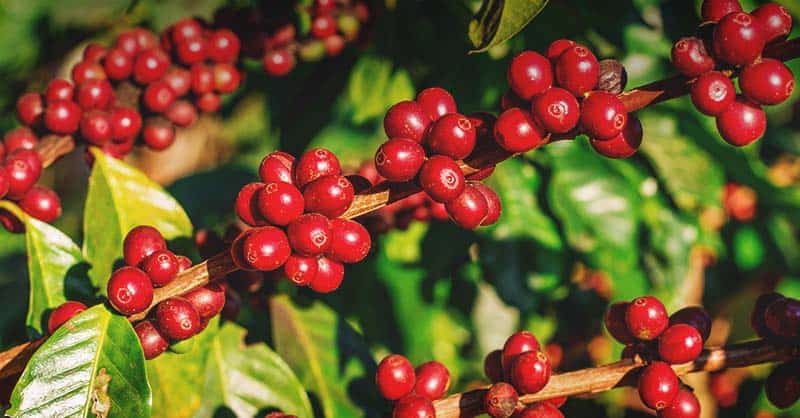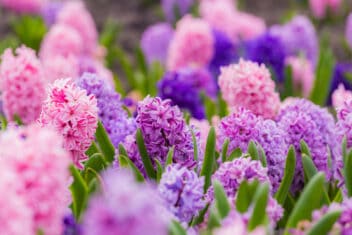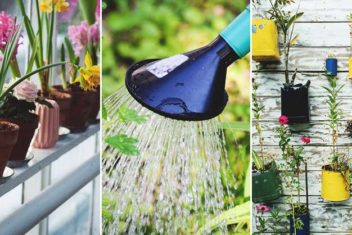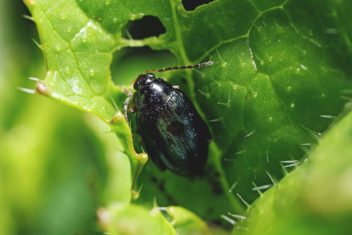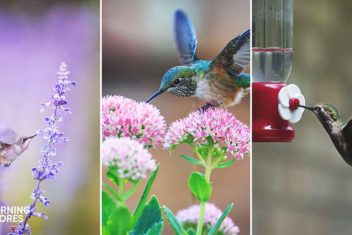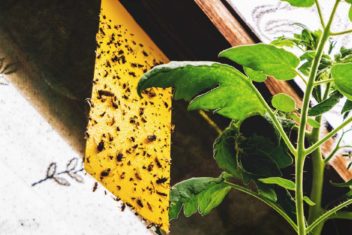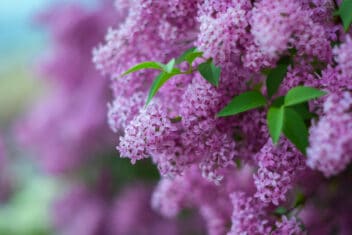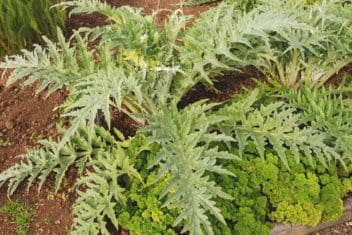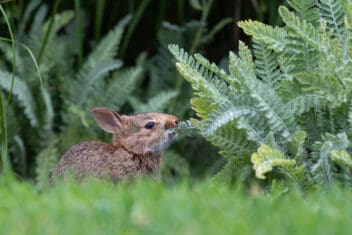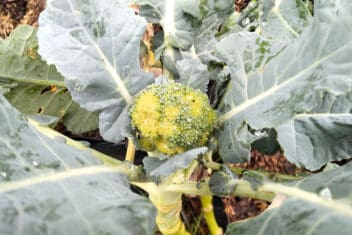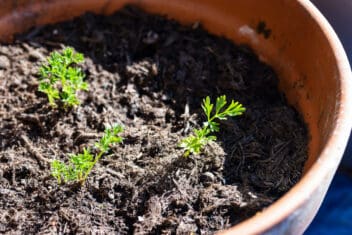When I found out I could grow my own coffee plant, roast the beans, and brew a cup of java, I was ecstatic. I love coffee! I don’t grow it in huge quantities – certainly not enough to supply my daily multi-cup habit – but I do grow my own and save the beans for when I want a special brew.
Although coffee is grown in over 70 countries in the so-called “bean belt”, it originated in Ethiopia and Sudan. In more recent times, Brazil has become a major grower and exporter of coffee. You can also find coffee plantations in Hawaii, Central and northern South America, and parts of Asia and Africa.
I was a bit overwhelmed at the idea of growing coffee – the process of turning a tropical berry into a cup of bitter brew has always been a bit mystifying. But coffee isn’t that difficult to grow if you have the right conditions.
If you’ve thought about growing your own coffee, I highly recommend giving it a go. You’ll know it’s worth the effort once you’re sipping your first cup of home-grown Joe because the flavor is out of this world – and there’s nothing like the satisfaction of growing your own.
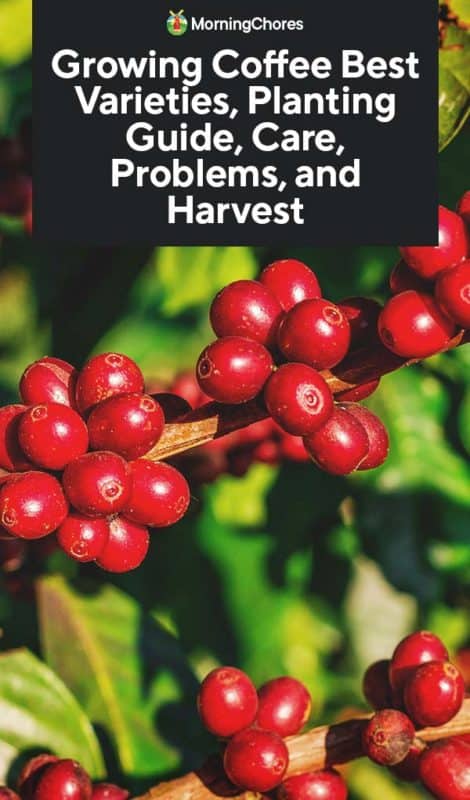
The Best Coffee Varieties to Grow
Coffee is generally divided into two types: arabica and robusta. The other two are Liberica and Excelsa, but these are far less common. There are over 120 coffee plant sub-varieties.
Arabica (Coffea arabica)
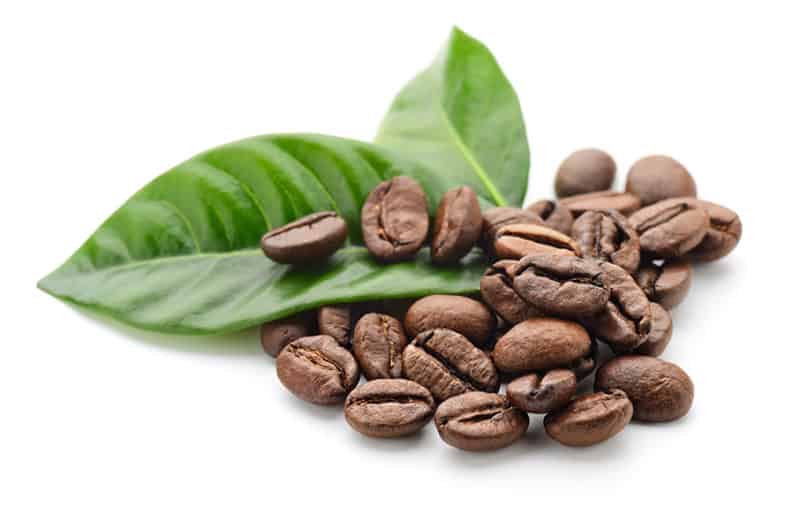
I’d say the best plant for growing coffee at home is the arabica coffee plant. There’s a reason it’s a mainstay of the industry. It’s reliable and produces lots of high-quality aromatic beans with a sweet flavor featuring notes of caramel, chocolate, and nuts.
Coffea arabica is a nice looking plant with tons of glossy, deep green leaves. It grows well in containers, making it an attractive variety to grow for first-timers or people in challenging climates. Some coffee plants can grow to over 7 feet tall, so containing it in a pot with some pruning is a good idea.
There is an endless variety to choose from, but here are some notable arabica varieties.
- Typica: One of the original varieties, it has a sweet flavor, and is fairly hardy. Most arabica plants are cross-bred with this type or the bourbon type.
- Bourbon: Pronounced bor-BONN, this has chocolate and fruit notes. One of the types that many other arabica plants are crossed with, along with typica.
- Gesha: Relatively unknown until recently, this variety is quickly gaining popularity for its unique flavor featuring notes of jasmine, honeysuckle and tropical fruit. It sells for a pretty penny at the market.
- Kona: Kona coffee is only commercially grown on the big island in Hawaii. It’s light, naturally sweet, and has hints of spice and nuts. This is also a pricey bean.
- Maragogype: Exceptionally large beans with a buttery flavor.
- Pacamara: This plant grows in a dwarf size, has large beans, and an exceptional and balanced flavor. It’s susceptible to disease, however.
- Villalobos: This variety can handle poor soil and produces a sweet, balanced cup.
Robusta (Coffea robusta)
Robusta is, as the name suggests, more robust. This isn’t variety I would grow at home because the beans are far more bitter.
The positive is that robusta is generally more resistant to pests and diseases. Robusta beans have about twice the caffeine of arabica and about half as much natural sugar. The plants can also handle a wider range of temperatures and growing conditions.
How to Plant Coffee
Coffee is relatively straightforward to grow, especially if you live in a tropical or subtropical climate. Even if you don’t, you can grow coffee inside in containers. I’ve even heard some people grow coffee inside because it has a better yield and taste.
Growing Zones
Coffee grows in zones 10 and 11. You can grow coffee in zones 7-9 if you have a warm area of the garden and the temperature doesn’t drop too much.
Sun Requirements
Even though coffee originates in tropical and subtropical climates, it doesn’t like full, direct sun. This can result in the burning of the leaves, especially in the afternoon. It prefers diffused sunlight.
Soil Requirements
Coffee plants have long roots that go deep and they don’t like wet feet, so the soil needs to be loamy and well-draining. Add lots of well-rotted manure before putting your plants in the ground. A pH between 5.0-6.0 is ideal.
Coffee plants don’t like lime, so if your plant doesn’t seem to be thriving, add additional well-rotted manure.
When to Plant Coffee
You can grow coffee from seed, but I recommend buying a plant from your local nursery since it can take a few years before a seed grows into a plant mature enough to produce cherries the beans come from.
If you’re planting outside, plant in spring when any threat of frost is over. Coffee prefers soil temperatures between 45-85°F.
Try to plant when the temperature is going to be consistent. Coffee is known to drop its leaves when temperatures fluctuate.
Planting Coffee Seeds
You can’t plant a coffee bean that has been processed. You need to obtain a fresh green seed, either from someone who has a plant or at your local nursery or online.
Plant directly into the well-prepared soil when temperatures are right, or you can start seeds in pots. Plant the seed about an inch deep and lightly cover with good seed raising mix. I use seed raising mix in both containers and when planting directly into the garden.
Whichever method you choose, you must keep the soil moist but not wet. Coffee seeds take up 4 to 6 weeks to germinate.
Once the seed germinates and is big enough to be transferred to the garden from the pot, ensure temperatures are right and harden off in indirect sunlight.
Growing Coffee in Containers
All of my coffee plants have been in containers. I do this as they are easier to prune and move inside in the winter, and it enables me to keep the soil moisture correct.
Choose a deep pot and use a high-quality potting mix. Plant in the center of the pot and use a good stake. Coffee plants can grow tall if you don’t prune it, and you don’t want it to fall over.
Place the pot in a warm and humid spot with as little wind as possible.
How to Care for Coffee
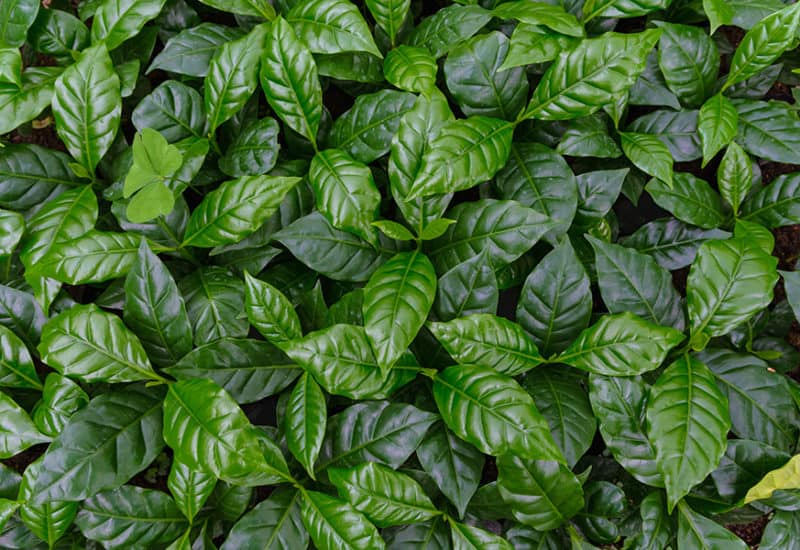
The only real issue I’ve had with coffee plants is lack of growth due to poor water and feeding practices on my part. If you look after your coffee plant it will thrive.
Watering Coffee
Coffee plants require abundant watering in the summer and fall. The plant won’t bloom if it doesn’t get enough water. Don’t overwater either because it will likely wilt.
Keep the soil moist, but not waterlogged. This means in winter reduce the watering.
Mulching Coffee Plants
I mulch coffee plants in the garden or in containers. They love humidity and the mulch holds the moisture.
Fertilizing Coffee
Use a good slow-release fertilizer for the first three months after planting, then add citrus fertilizer once per month.
Pruning
Coffee plants can grow up to seven feet high or more. I prune to maintain a consistent height of two to three feet because I grow my plants in containers.
This keeps the plant more manageable and compact and keeps the cherries growing closer together.
The Best Companion Plants for Coffee
- Potatoes
- Kale
- Beans
- Soybeans
- Groundnuts
Don’t plant with carrots, pumpkin or cucumber.
Coffee Pests and Diseases
Mealybugs
Mealybugs suck the sap from plants and leave deposits of honeydew, which attracts ants and other diseases. Use neem oil to keep them under control.
Aphids
Aphids are another sap-sucking insect that damages just about every plant in existence. Blast aphids off using a strong spray of water and follow that up with regular applications of neem oil.
Coffee Rust
Coffee rust is spread by spores carried on the wind, causing the leaves to wither and die. Use a copper-based fungicide to attack it.
Coffee Berry Disease
This disease causes lesions on the berries that turn dark and soft. You’ll first notice berries dropping off the plant and you may see lesions on the stalks, and these may fall from the tree as well.
There isn’t an effective treatment, so prevent it by harvesting the berries when they are ripe, and prune the trees shortly after harvest. Remove diseased branches and apply a copper fungicide early in the season.
Nematodes
Nematodes affect the health of the plant and its ability to thrive by attacking the roots of the plant. Practice good crop rotation and use deterrent plants like mustard and marigolds to keep numbers down.
Harvesting Coffee
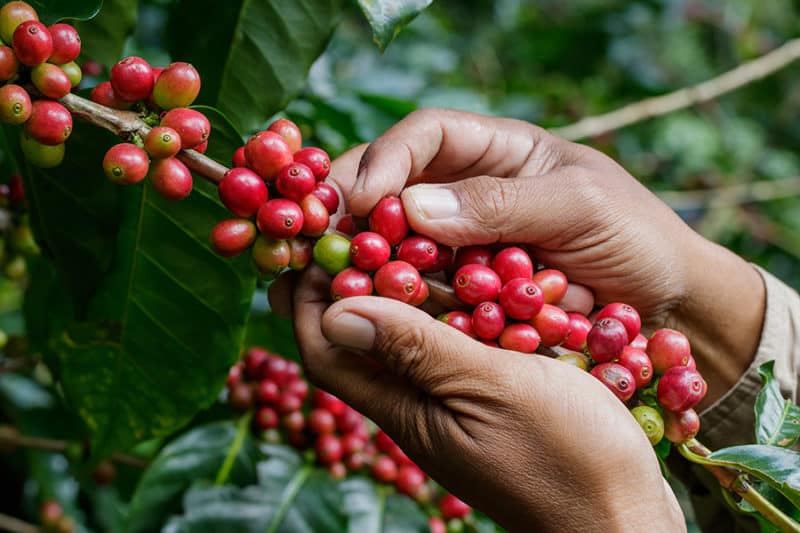
- When the coffee cherry is red and ripe, pick from the tree. You’ll also find some fresh cherries on the ground.
- Pulp the cherries. This means squeeze gently to separate the flesh of the cherry and the seed inside. The seed is the coffee bean you will roast later.
- Soak the seed in water for a few days to remove any flesh from the cherry remaining.
- Air-dry the bean. Place them on mesh in a single layer and allow them to air dry. This takes between 10 and 20 days. You’ll know when they are dry because the thin outer skin easily flakes away.
- Once completely dry, roast the beans in a pan or in the oven. The beans make popping noises as the remaining water evaporates.
- When the beans are a nice shade of brown, remove, cool and grind into a powder.
Although you’re unlikely to get a large number of coffee beans on one plant, it’s a fun thing to grow and harvest at home. There’s something about pouring a cup of coffee that you’ve made from beginning to end. Don’t plan on starting a coffee roasting business without a lot of plants, however.
Of course, you’ll never have a thriving coffee bean business in New England, but anyone in the right zone can have a few plants of their own to supply their java habit. You’ll never experience a cup of coffee in the same way after growing and roasting your own beans.
